This is one in a series of posts on the Fujifilm GFX 100. You should be able to find all the posts about that camera in the Category List on the right sidebar, below the Articles widget. There’s a drop-down menu there that you can use to get to all the posts in this series; just look for “GFX 100”. Since it’s more about the lenses than the camera, I’m also tagging it with the other Fuji GFX tags.
I’ve been posting a lot recently about the 120 mm f/4 GF macro lens for the GFX. I found it a good performer at 1:2, at minimum focusing distance (MFD) with no extension tubes, but that it had really soft edges and a lot of focus curvature at MFD with 36 mm of tubes. In this post, I tested it at 1:1 with a 45 mm tube,a and found it credible on-axis but soft on the right edge of the frame. I reported those results numerically and visually, using the time honored sharpness target of a banknote. The 120/4 GF was soft in the corners and edges at MFD with 18mm, 36mm, and 45mm of extension by tubes.
I’ve been trying other macro lenses in combination with tubes that will let them get to about 1:1 with no vignetting on the GFX 100 sensor. In all cases, I used an adapter between the lens and the tube.
- Zeiss 100 mm f/2 Makro-Planar at MFD, 45 mm GFX tube
- Jenoptik (CO) UV-VIS-IR 60 mm 1:4 APO Macro at MFD, with 18 mm GFX tube
- Leica 100mm f/2.8 APO Macro Elmarit-R ROM, 45 mm GFX tube
- Cosina-Voigtlander (CV) 125 mm f/2.5 Apo-Lanthar at 1:1, with 18 mm GFX tube
- Sigma 105mm F2.8 EX DG OS HSM Macro at 1:1, with 18 mm GFX tube
Here’s the setup:
Using a Cognisys rail, I made a series of 160 exposures with an 80 micrometer (um) shift between one. I brought the images into Lightroom, turned off sharpening. I exported the files as TIFFs, brought them into Helicon Focus, and stacked them with the default B algorithm at default settings.
Here are the full-format images:






Now, some center crops at about 150% magnification.
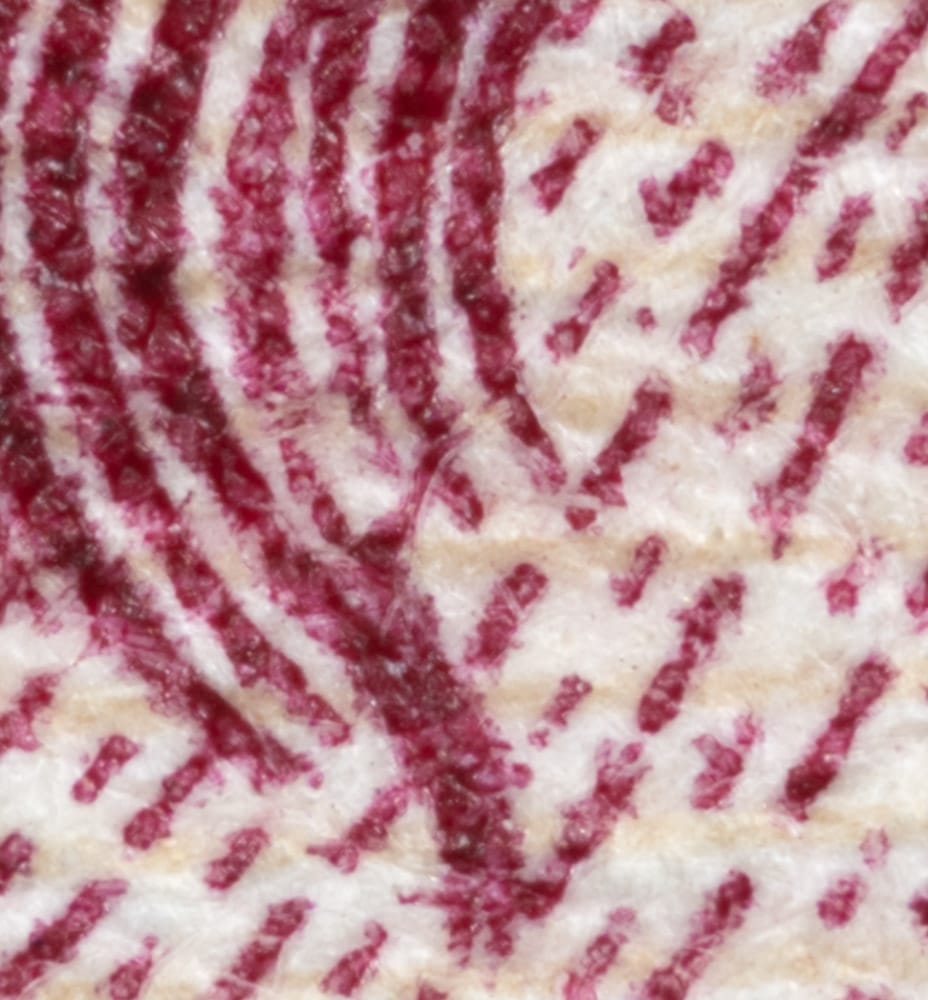
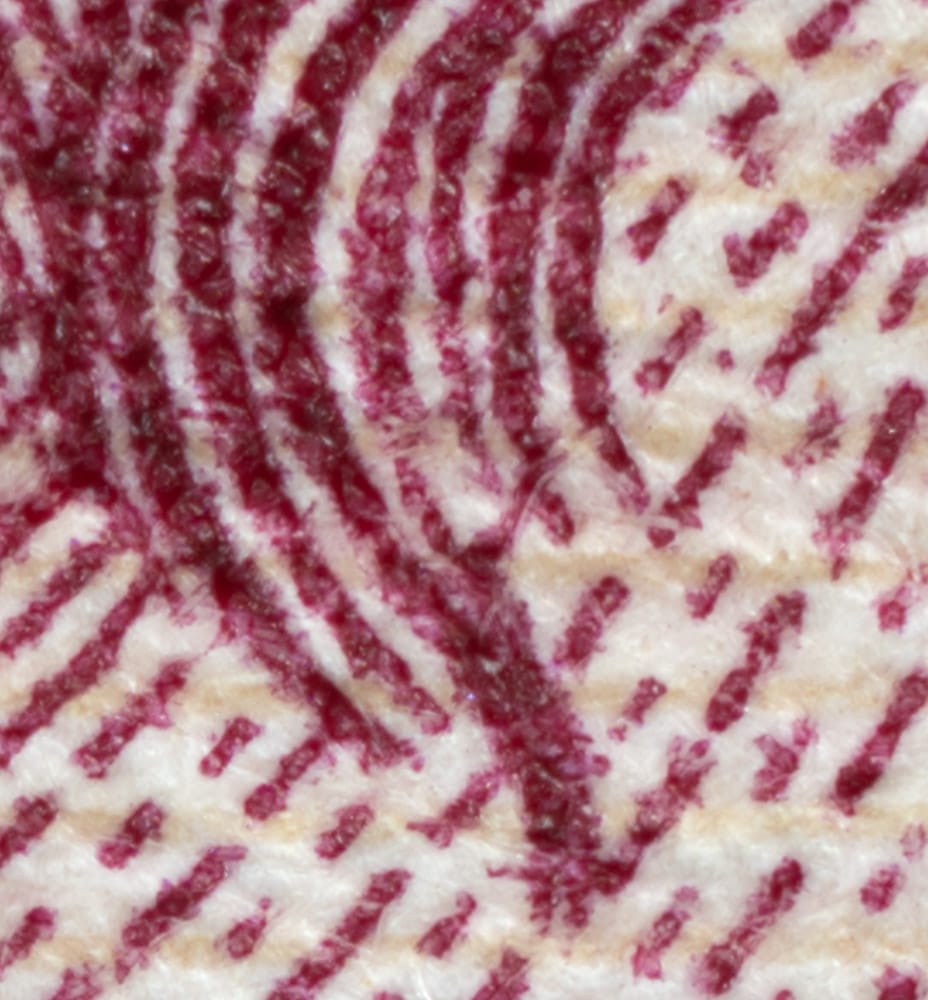
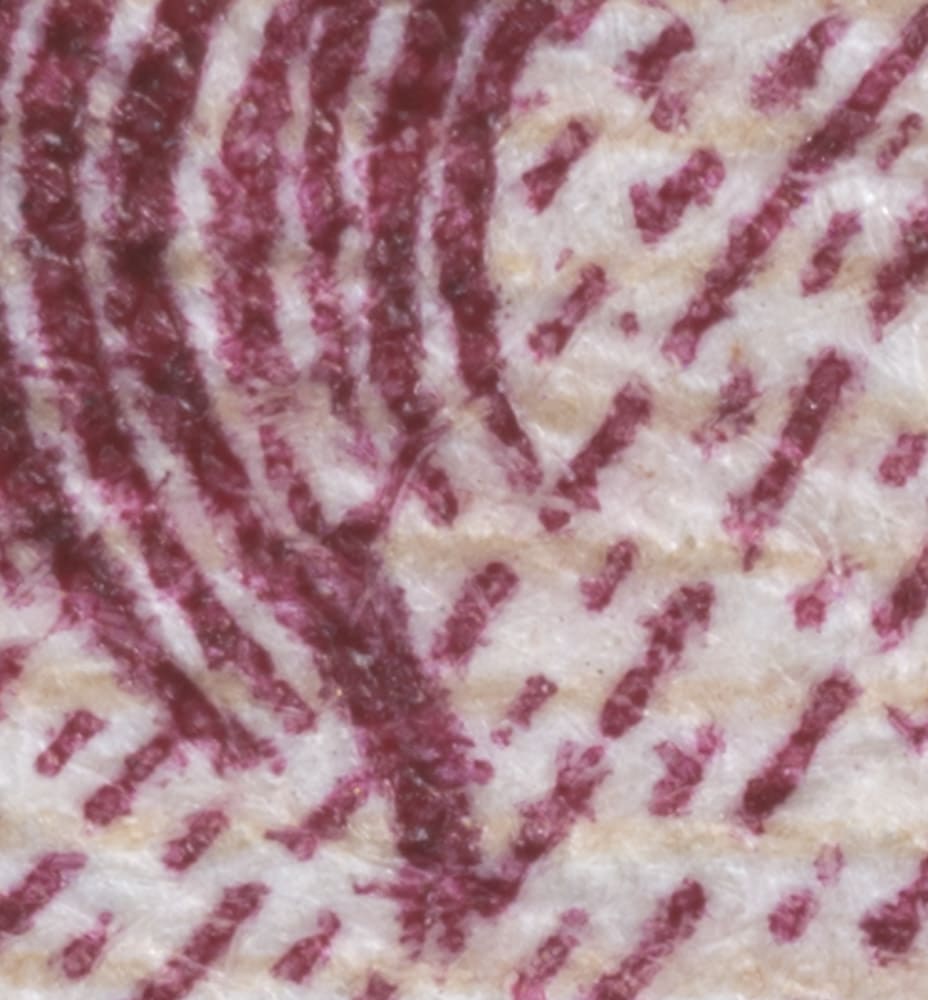
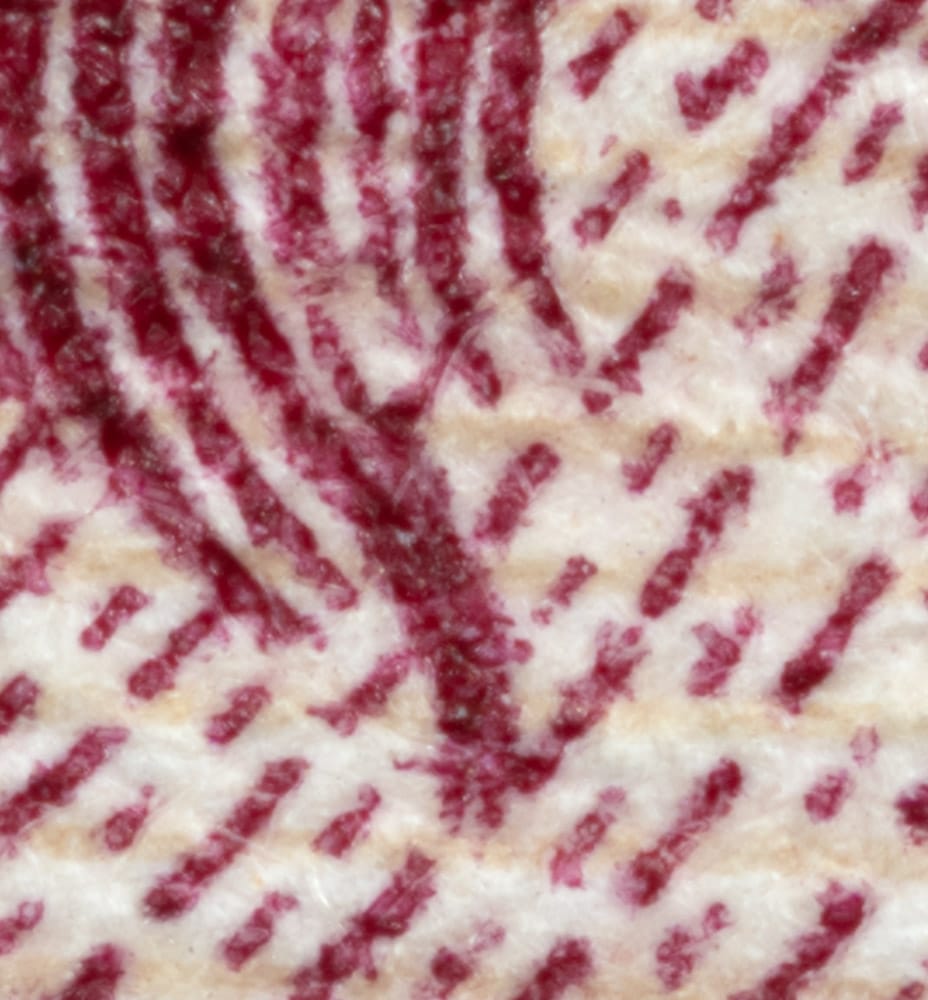
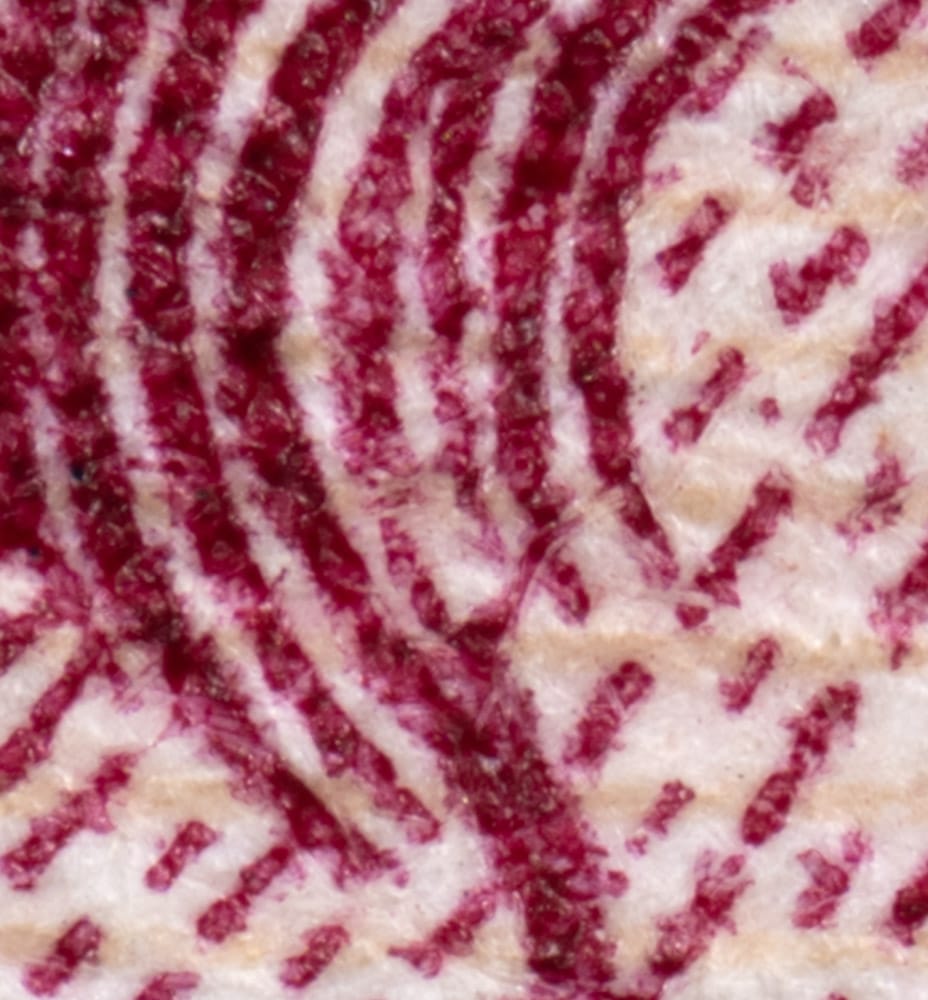
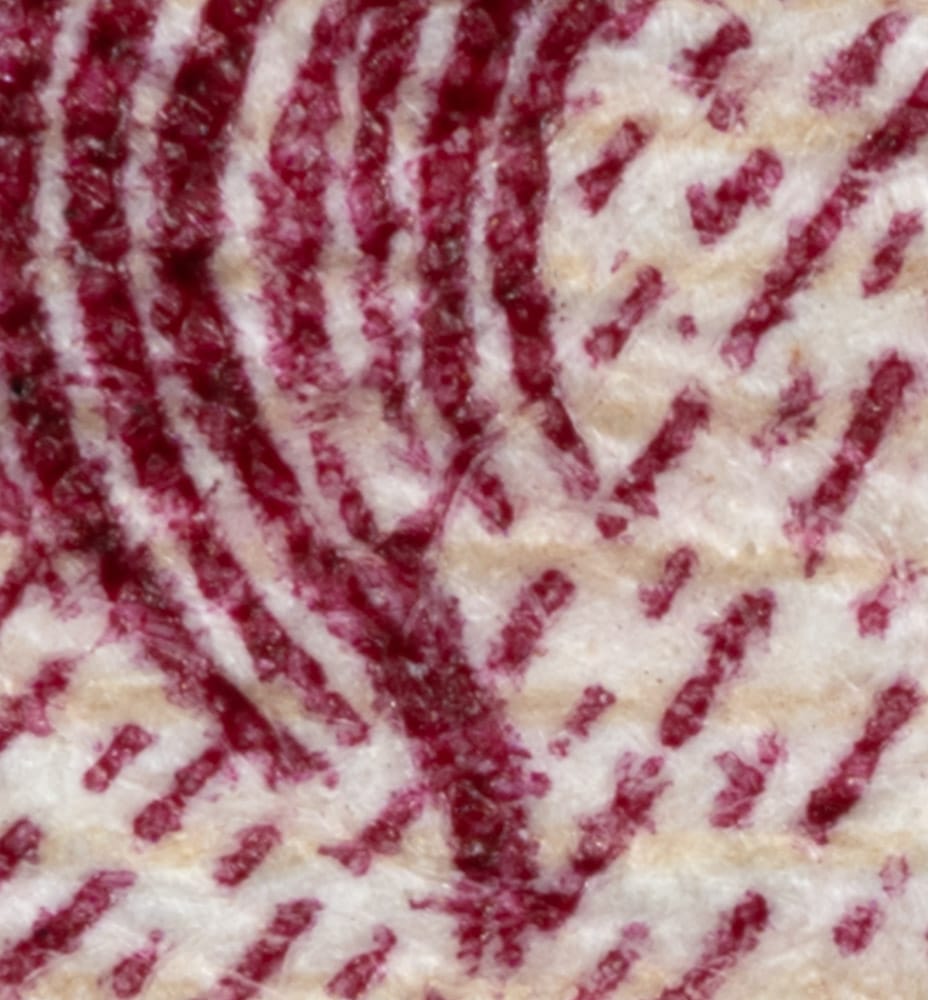
They are all reasonably sharp. THe differences appear in the corners and edges.
Here’s the middle of the far right edge:
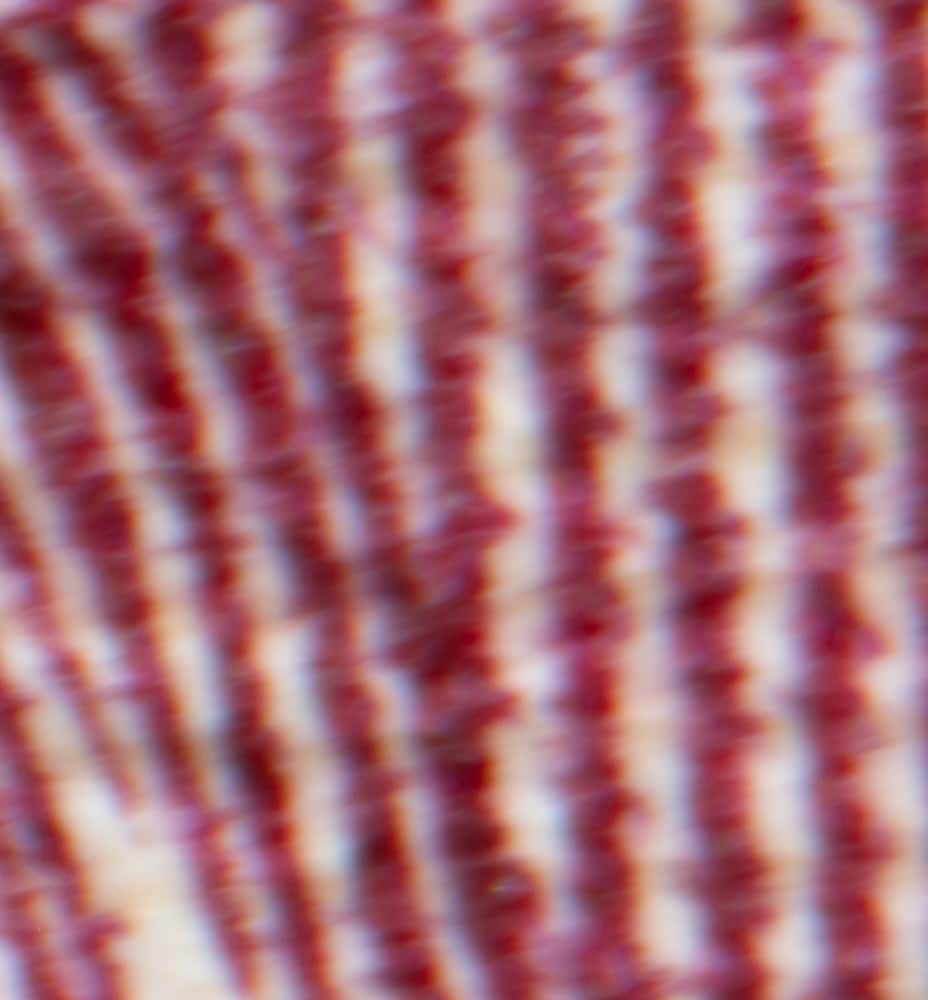
Lots of smearing and chromatic aberration here.
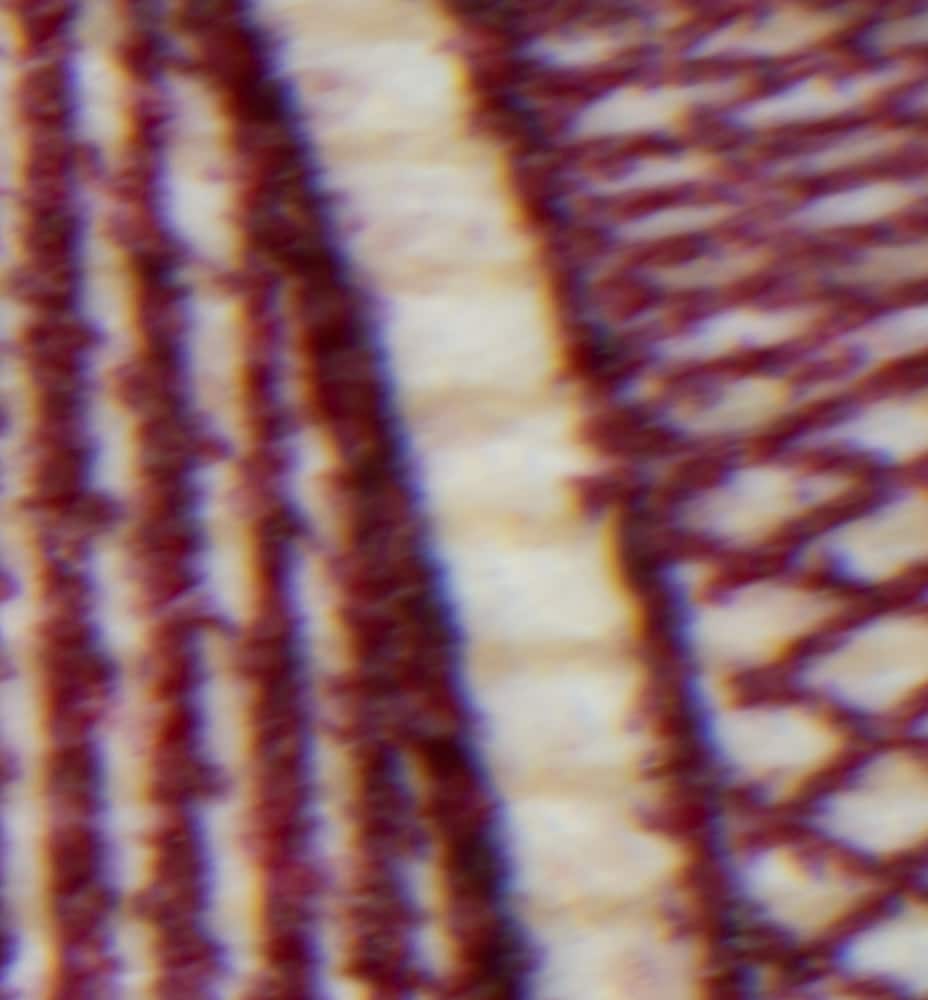
The Zeiss isn’t much better.
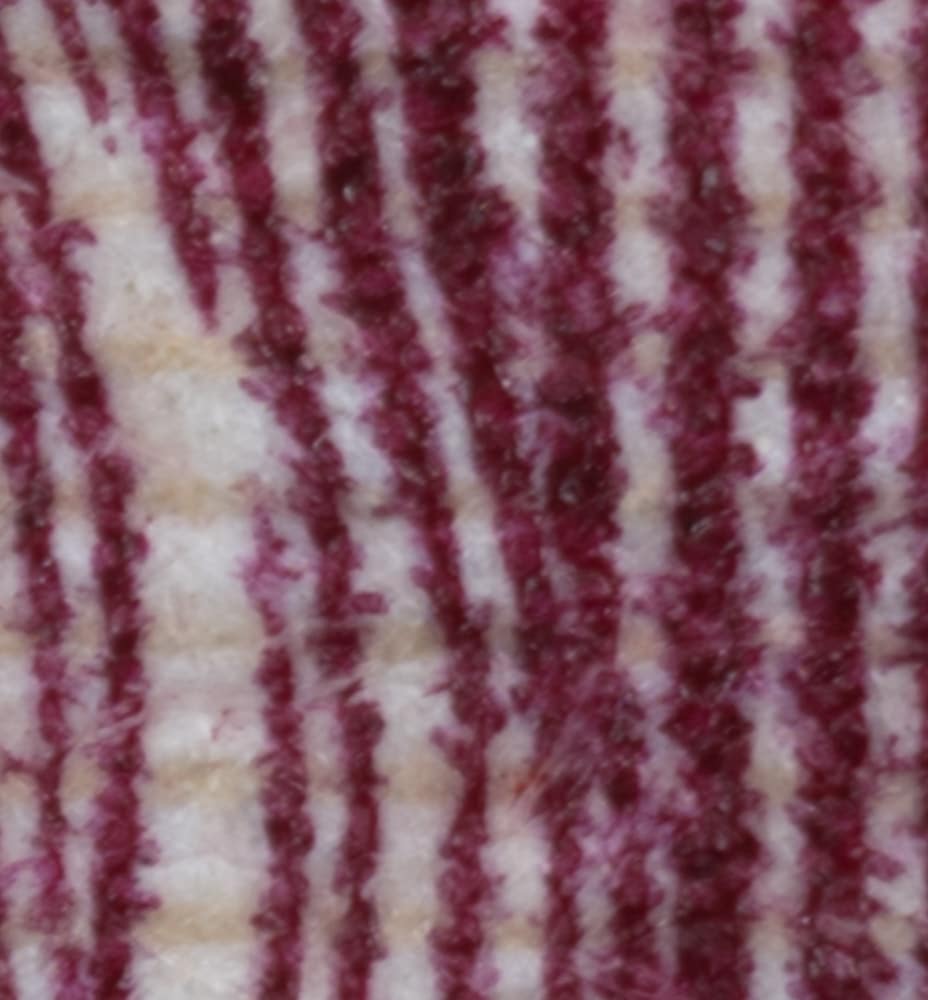
This is a major improvement.
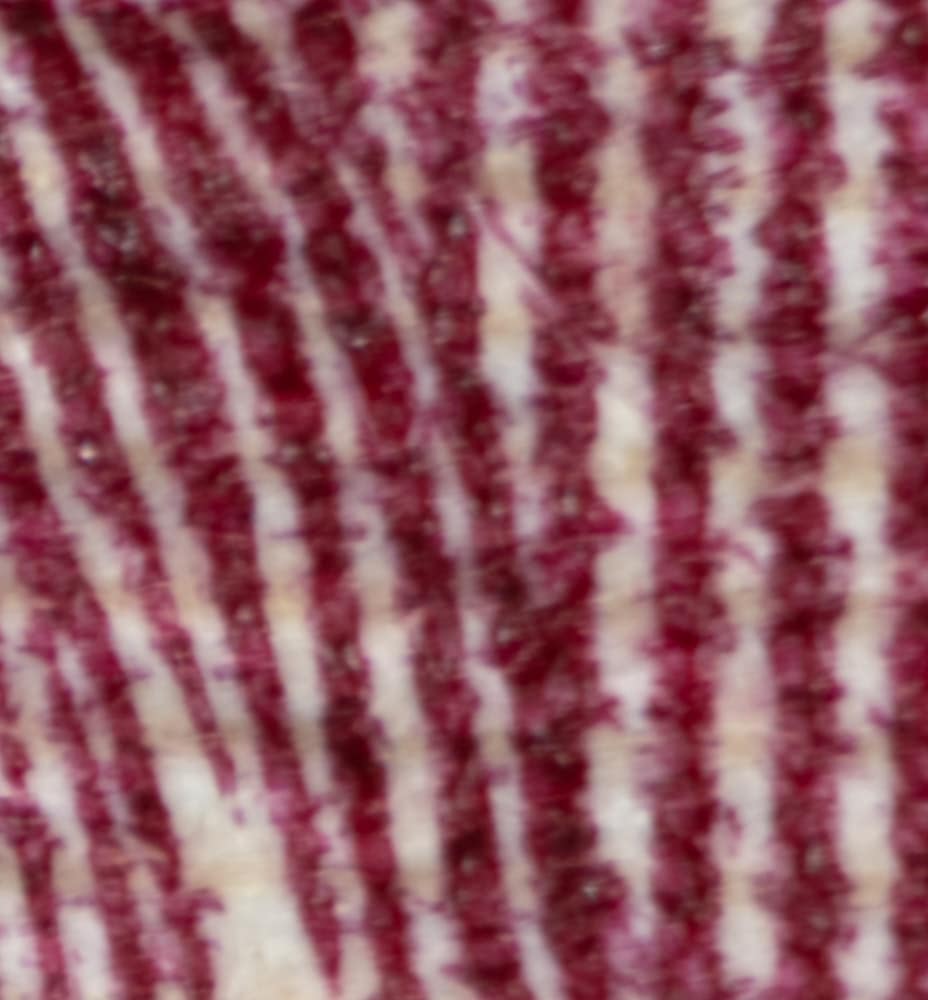
Pretty good.
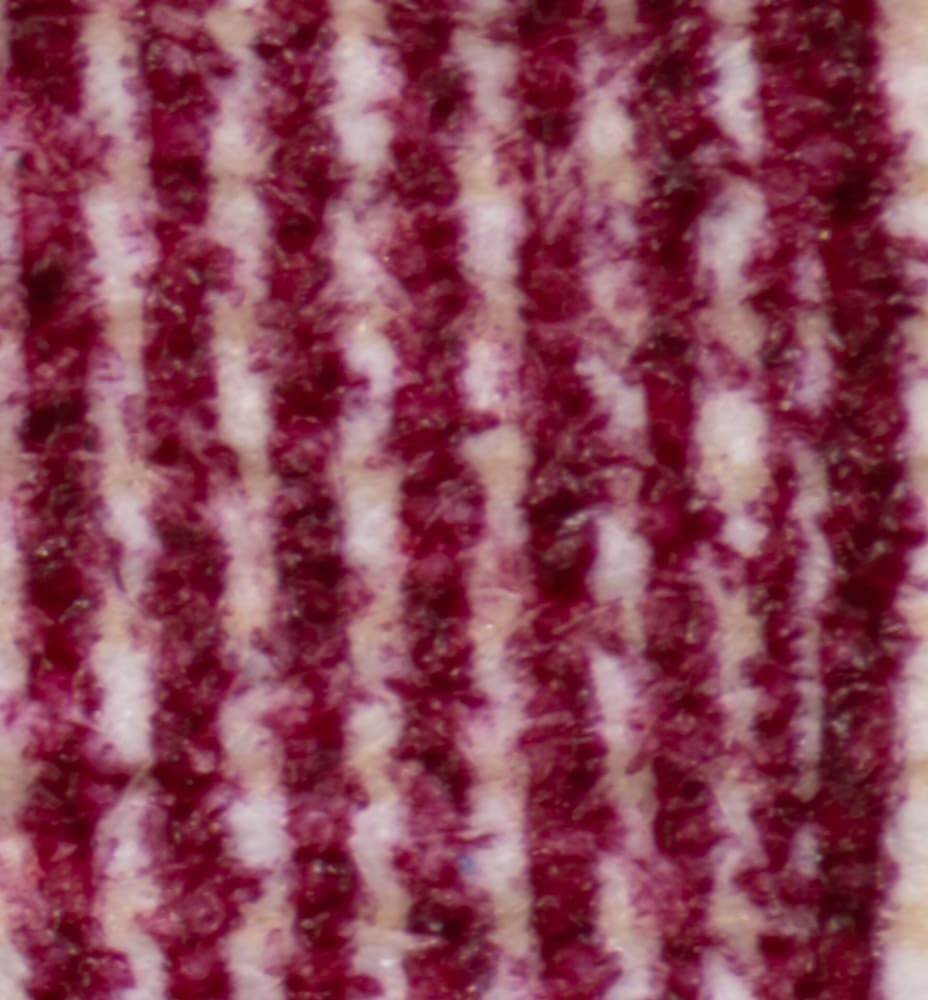
Really pretty nice.
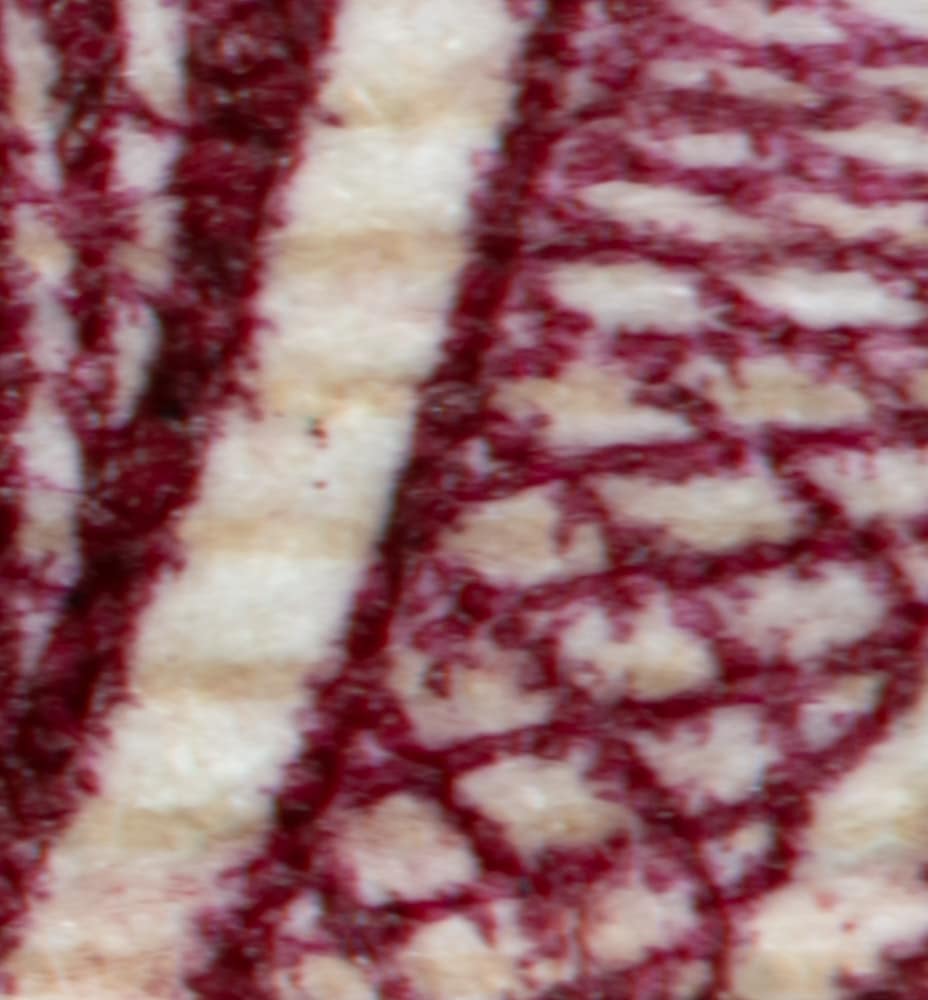
Close. Only the Zeiss and the Fuji lenses are bad.
In the upper right corner:
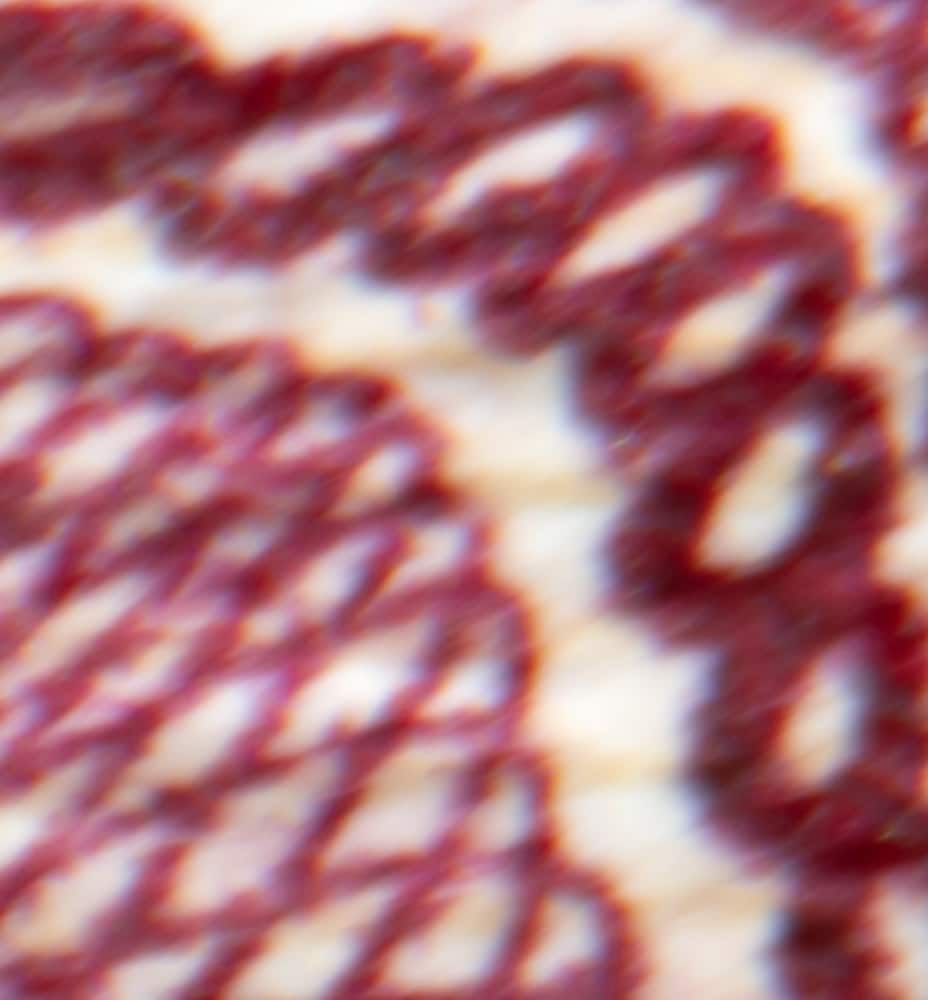
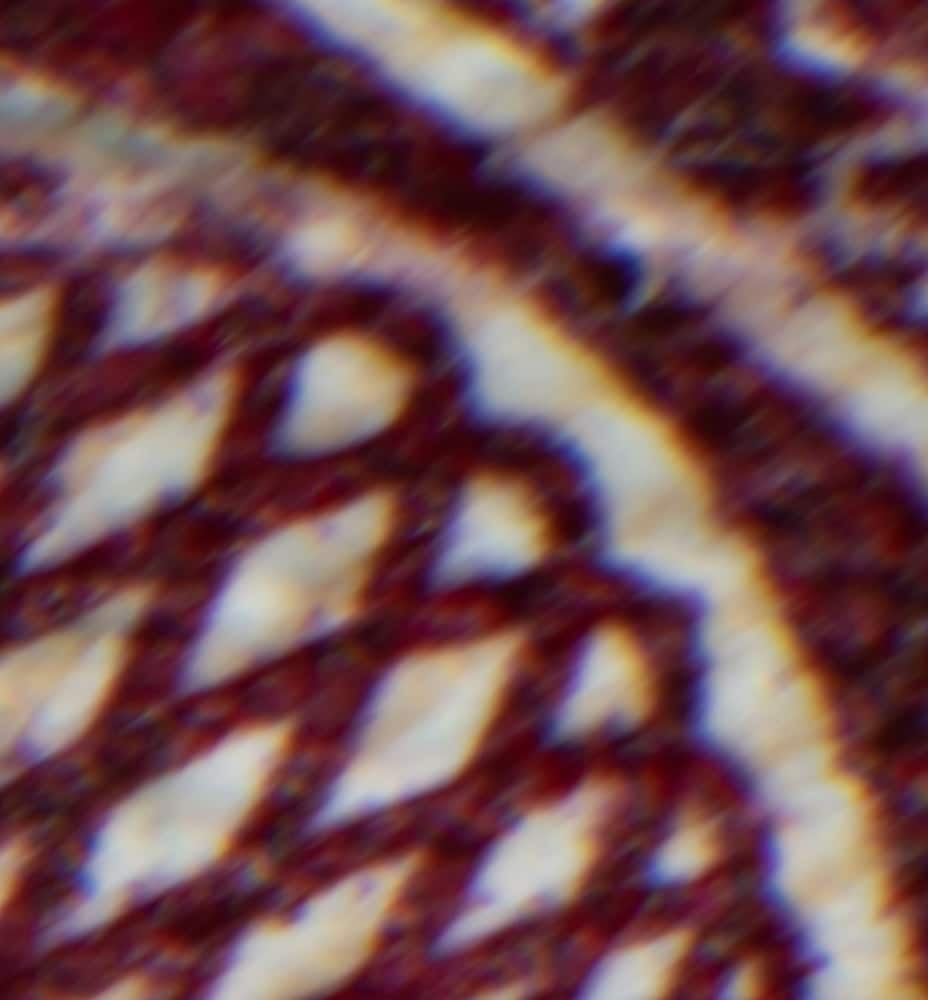
Neither the Zeiss nor the Fuji lenses look good here.
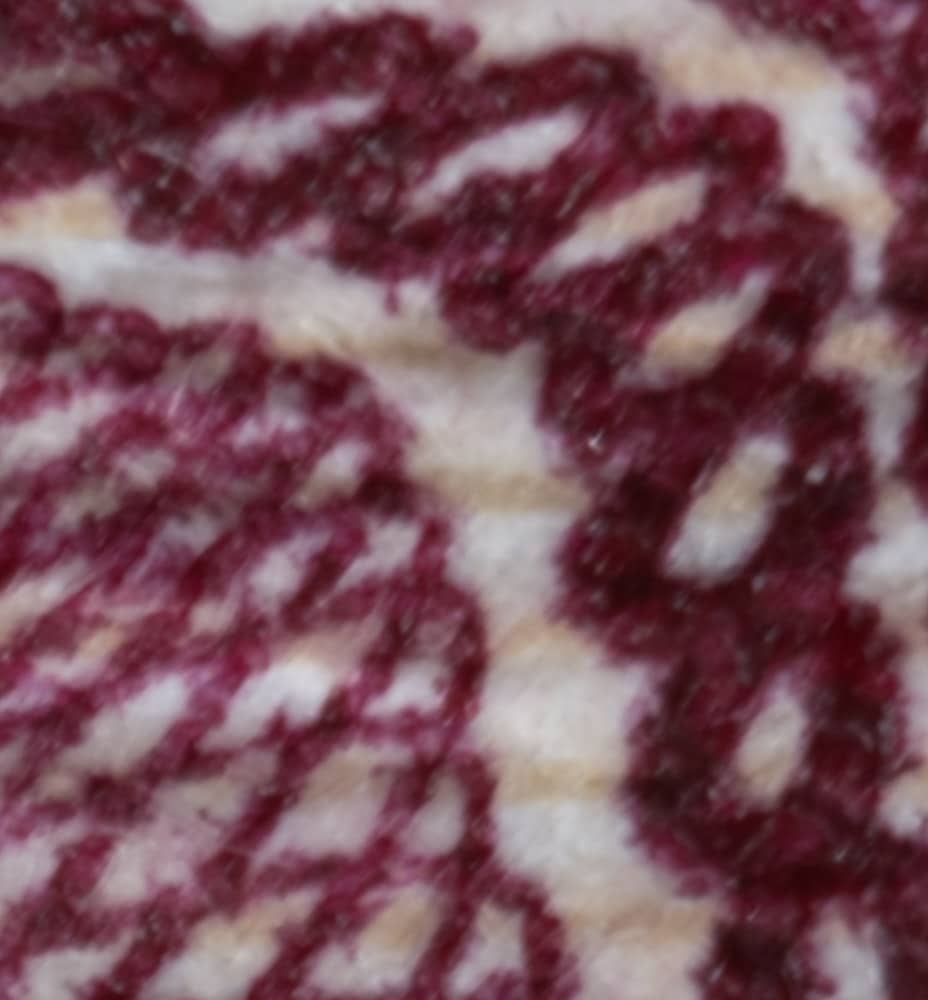
Big improvement.
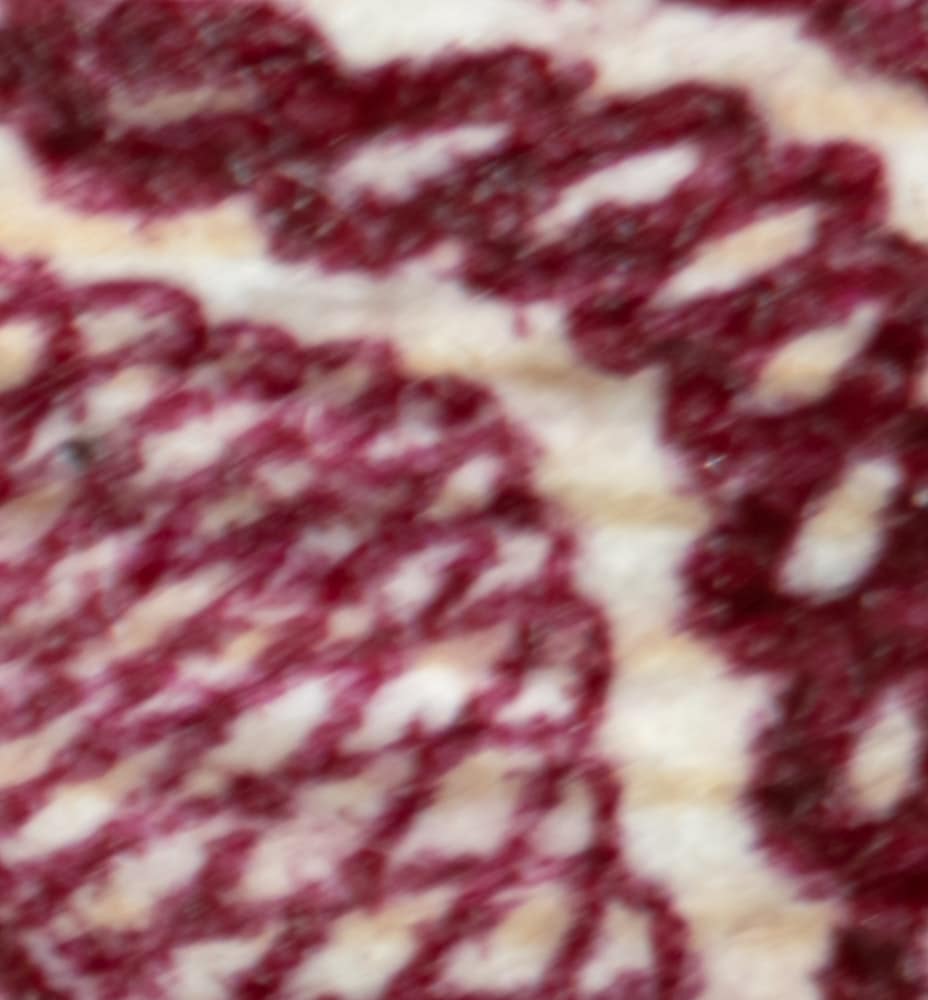
Not quite as good.
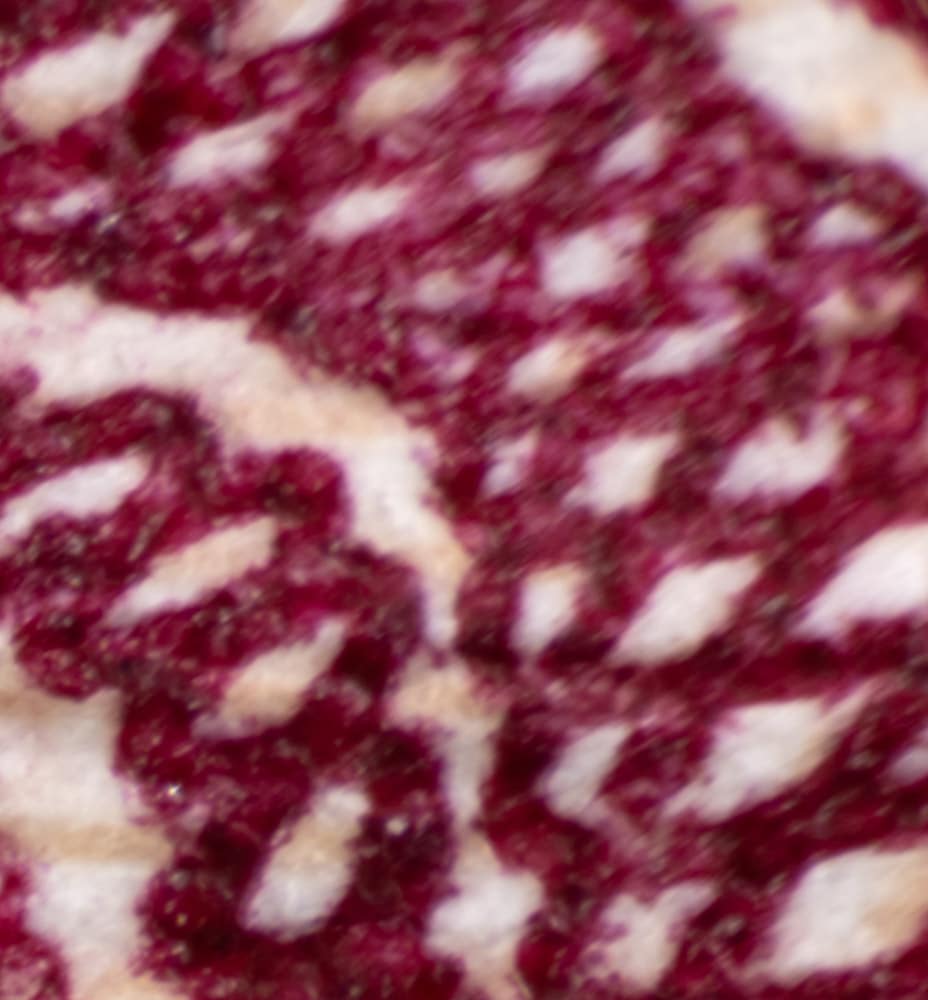
Good.
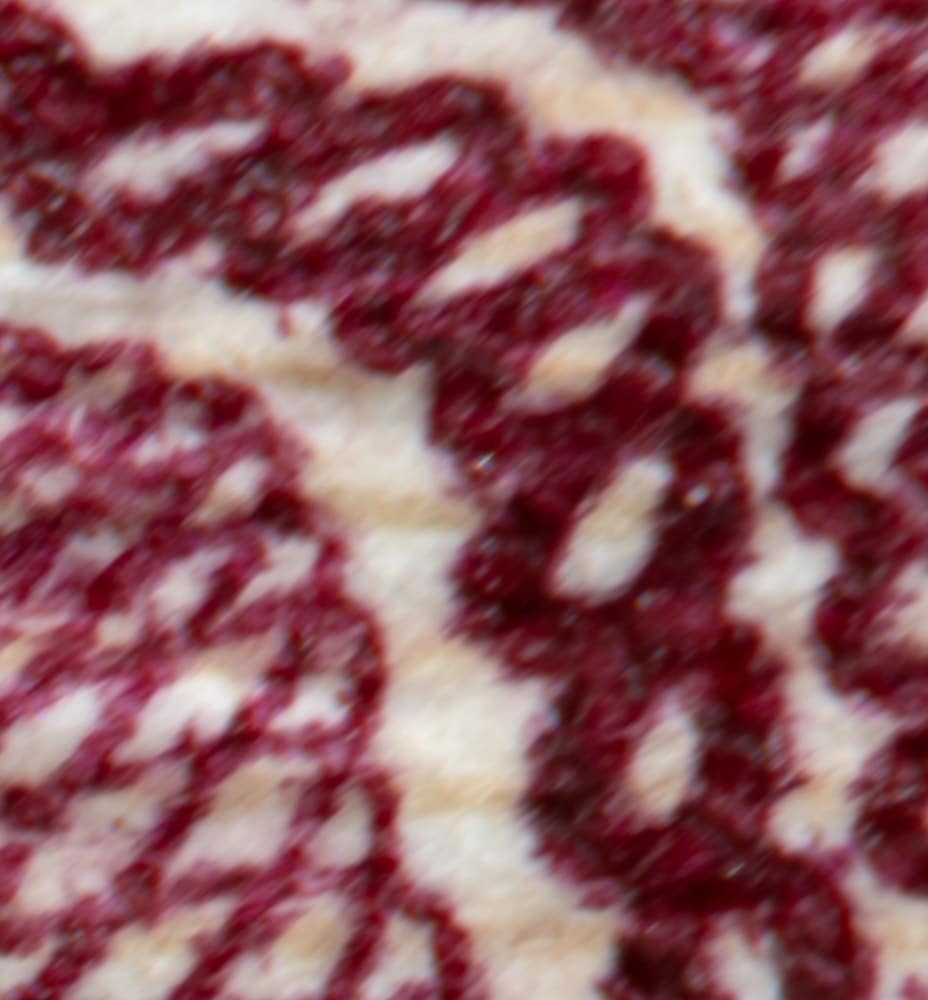
Not quite up to the CV.
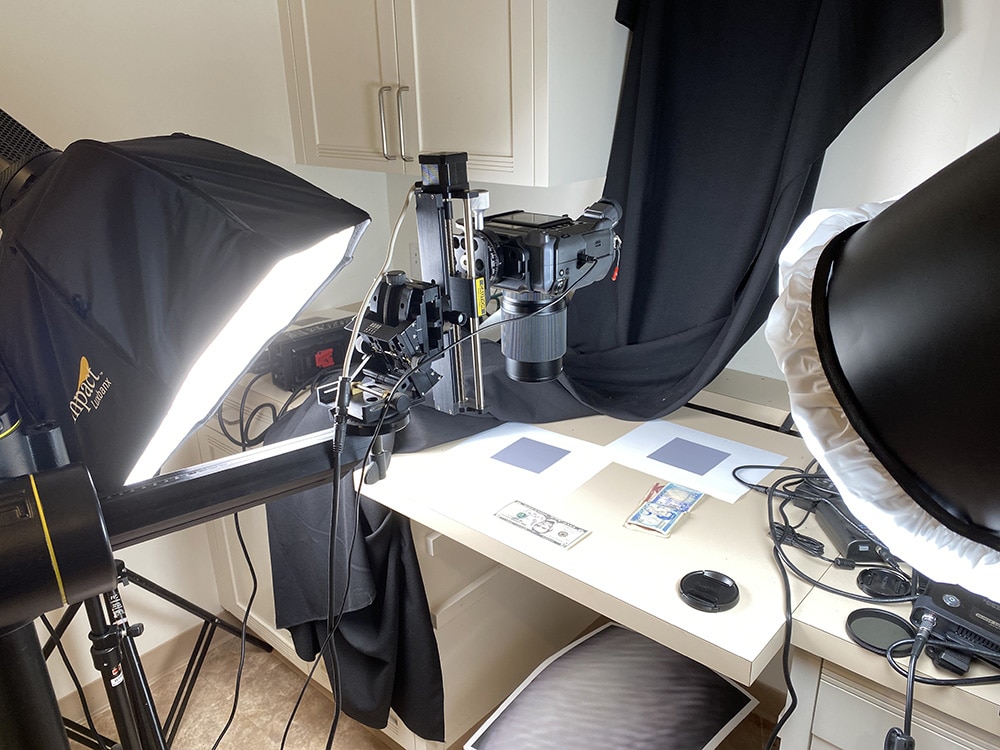
Jim,
Excellent summary, thanks for doing this effort!
A couple of observations:
1) It is quite interesting that no one really noticed the issues with edge sharpness on the GF 120/4 macro in combination with external extension.
2) Have you tested any lens that goes to 1:1 without extension? I am not really familiar with the lenses you have used.
I am doing some macro work right now, although not on MFD but possibly at MFD :-), so your testing comes as inspiration.
Best regards
Erik
The CV and the Sigma go to 1:1 without tubes, but they vignette that way on the GFX sensor, so I used them with an 18mm tube.
I’m fascinated to find these posts. I attempted to use a GF 120mm with tubes for a project recently, and was surprised by the awful CA. I asked Fuji about this and sent them samples to see if my lens was bad… they claimed there was no CA in my images (!).
Hi,
Just need some advice. Want to digitize 6×6 negatives with my GFX 100S. The GF 120 is too expensive, because I do no other macro work, and not so strong at 1:1,75.
What to take:
– Contax 645 120mm macro, however requires Fringer adapter with electrical connection to control aperture, which makes it expensive
– Pentax 645 120mm macro, seems to be a good lens and work nicely on the GFX, easy to adapt
– Mamiya 645 120mm macro, reviews put it almost at par with the Contax, but quite cheaper and easy to adapt
or something else?
Thanks a lot! Urs
I’ve tested the Pentax 645 120 Macro, and had good results with it.
Thanks a lot for your answer.
Would the Rodenstock 75mm D be a even better option:
– very strong a 1:1
– very strong center with ok edge at 1:2
my ratio is 56mm/32mm or 1:1,75
https://blog.kasson.com/gfx-50s/rodenstock-75-4-apo-rodagon-d-on-gfx-100s-at-12/
Read it with great interest!
In a blog the Rodagon 75mm was heavily criticized for chromatic aberration. You testing does not confirm this, the CA of the Rodagon is even better than the Pentax. Would you worry about CA on the 75mm Rodagon?
The Rodagon is a 75mm symmetric lens, any worry regarding the angle of incident at the edges compared to the Pentax 120?
Thanks a lot! Urs
I didn’t test the 75 Rodagon D for either LoCA or LaCA. However, both may contribute to its poor edge performance at 1:2.
The osina-Voigtlander (CV) 125 mm f/2.5 Apo-Lanthar with a GF mount does not exist in nature…
I used an adapter between the lens and the tube. I’ve added a sentence to make that clear. I used the F-mount version of the CV 125.
Read this test with great interest, thx a lot Jim! However may it be possible to have introduced some error: due to the use of extension tube, the impact of floating elements may be hindered. This may possibly negatively impact the image quality in the Zeiss and Fuji lens (see https://www.fredmiranda.com/forum/topic/1759185/2). Image quality of the Zeiss lens is possibly exceptional using a 1:2 macro setting. moreover, shorter extension may lead to different results in the Zeiss lens. Thx Jim, Michael (conflict of interest: I am a owner of the Zeiss lens 😉
Indeed. The results only apply under the test conditions.